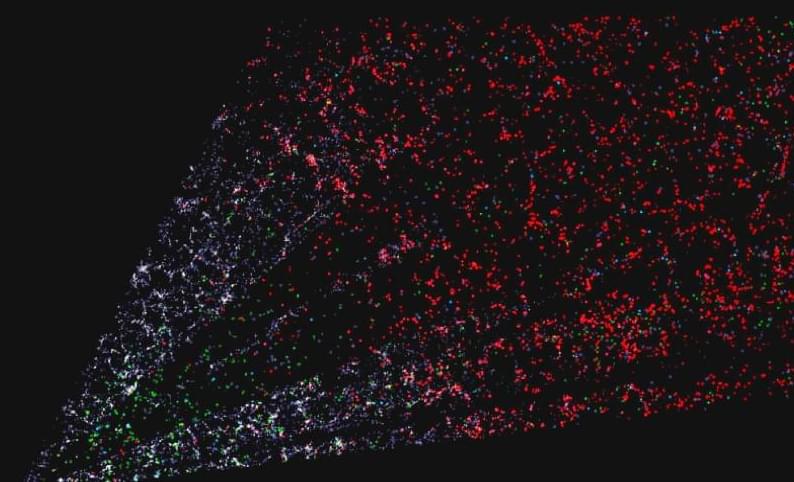“Our results could give us a new perspective on the evolution of the Earth’s dynamics,” said Motohiko Murakami, a corresponding author of the study explained in a press statement. “They suggest that Earth, like the other rocky planets Mercury and Mars, is cooling and becoming inactive much faster than expected.”
The Earth will cool down at an increasingly fast pace
The scientists discovered that bridgmanite was roughly 1.5 times better at conducting heat than previously estimated. This means that heat must transfer more easily from the core to the mantle than had been previously believed. This faster transfer equals a higher cooling rate, meaning the Earth’s core will cool down faster than once thought. What’s more, as it cools bridgmanite turns into a mineral called post-perovskite, which conducts heat at an even faster rate. So the inner Earth could start to cool at an increasingly accelerated rate once bridgmanite starts forming into post-perovskite, a crystal structure following the formula ABX₃.








